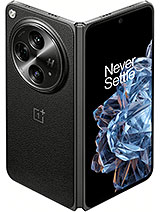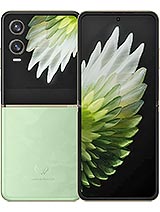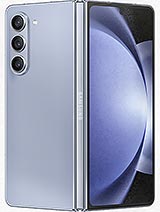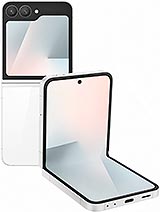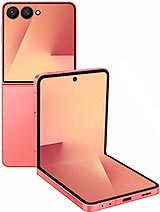Google Pixel 10 Pro Fold alternatives
Tap above to see alternatives.
Samsung Galaxy Z Fold7 alternatives
Tap above to see alternatives.
Google Pixel 10 Pro Fold

Google Pixel 10 Pro Fold
-
Tensor G5
3 nm
-
5015 mAh
30W
-
8.0"
2076 x 2152 pixels
-
48 MP
4K@24/30/60fps
- Specs
Samsung Galaxy Z Fold7

Samsung Galaxy Z Fold7
-
Snapdragon 8 Elite
3 nm
-
4400 mAh
25W
-
8.0"
1968 x 2184 pixels
-
200 MP
8K@30fps
-
Specs

1x3.4 GHz Cortex-X4
5x2.85 GHz Cortex-A725
2x2.4 GHz Cortex-A520
2x4.47 GHz Oryon V2 Phoenix L
6x3.53 GHz Oryon V2 Phoenix M
12GB 512GB (UFS 4.0)
16GB 1024GB (UFS 4.0)
f/1.7, 25mm (wide), 1/2.0", 0.8µm, dual pixel PDAF, OIS
10.8 MP
f/3.1, 112mm (telephoto), 1/3.2", dual pixel PDAF, OIS, 5x optical zoom
10.5 MP
f/2.2, 127˚ (ultrawide), 1/3.4", PDAF
Samsung S5KHP2, f/1.7, 24mm (wide), 1/1.3", 0.6µm, multi-directional PDAF, OIS
10 MP
Samsung S5K3K1, f/2.4, 67mm (telephoto), 1.0µm, PDAF, OIS, 3x optical zoom
12 MP
Samsung S5K3LU, f/2.2, 120˚ (ultrawide), 1.4µm, dual pixel PDAF
1080p@24/30/60/120/240fps
10-bit HDR, gyro-EIS, OIS
4K@60fps
1080p@60/120/240fps (gyro-EIS)
720p@960fps (gyro-EIS), 10-bit HDR, HDR10+
f/2.2, 23mm (wide), 1/3.94", PDAF
Sony IMX374, f/2.2, 18mm (ultrawide), 1.12µm
1080p@30/60fps
1080p@30/60fps, gyro-EIS
f/2.2, 23mm (wide), 1/3.94", PDAF
Sony IMX374, f/2.2, 24mm (wide), 1.12µm
SIM1: Nano, SIM2: Nano
24 5G bands
n1, n2, n3, n5, n6, n7, n8, n12, n14, n20, n25, n26, n28, n30, n38, n40, n41, n66, n71, n75, n76, n77, n78, n79
17 5G bands
n1, n2, n3, n5, n7, n8, n12, n20, n25, n26, n28, n38, n40, n41, n66, n77, n78
In this performance comparison, the Samsung Galaxy Z Fold7 with its Qualcomm Snapdragon 8 Elite (3nm) performs better than the Google Pixel 10 Pro Fold with the Google Tensor G5 (3nm), thanks to superior chipset efficiency.
Both Google Pixel 10 Pro Fold and Samsung Galaxy Z Fold7 offer the same software support — 7 years of OS updates and 7 years of security updates.
Both Google Pixel 10 Pro Fold and Samsung Galaxy Z Fold7 feature AMOLED displays, offering vibrant colors and deeper blacks. Both smartphones offer the same 120 Hz refresh rate. Google Pixel 10 Pro Fold also boasts a brighter screen with 3000 nits of peak brightness, enhancing outdoor visibility. Notably, Google Pixel 10 Pro Fold offers a higher screen resolution, resulting in sharper visuals and more detailed content.
Google Pixel 10 Pro Fold comes with a larger 5015 mAh battery, which may offer longer usage on a single charge. Google Pixel 10 Pro Fold also supports faster wired charging at 30W, compared to 25W on Samsung Galaxy Z Fold7. Both phones support wireless charging at 15W.
Google Pixel 10 Pro Fold offers better protection against water and dust with an IP68 rating.
- Samsung Galaxy Z Fold7 – Check price here
¹ Scores can vary even with the same chipset due to RAM, thermals, and software optimization.

